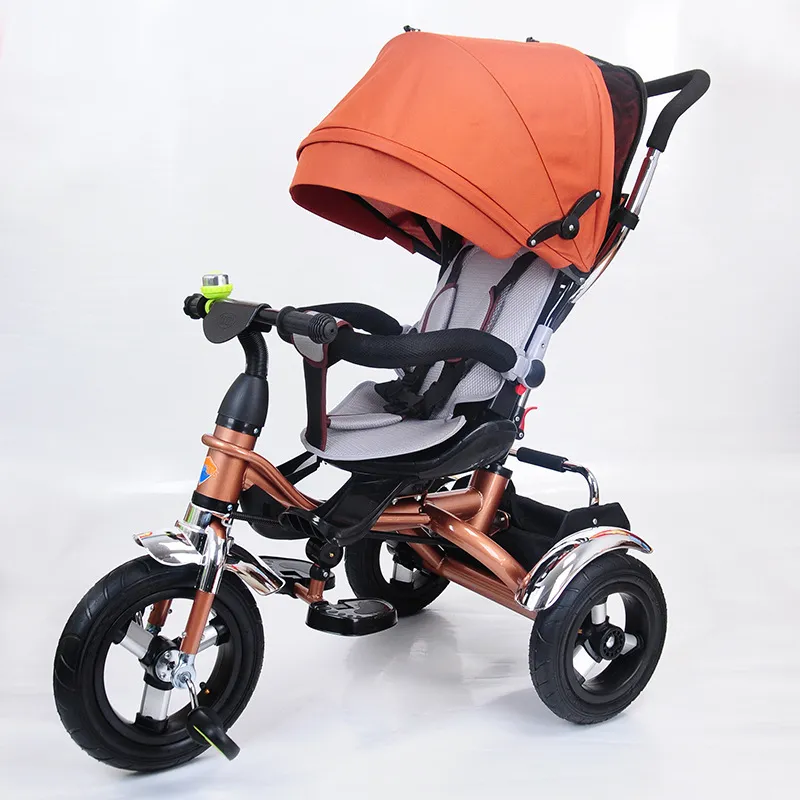Exploring the Best Options for Purchasing a Mountain Bike Today
The Ultimate Guide to Buying a Mountain Bike Everything You Need to Know
When it comes to outdoor adventures, few activities can match the thrill of mountain biking. Riding through rugged terrains, conquering steep hills, and navigating through winding trails offer an exhilarating way to connect with nature while boosting physical fitness. However, selecting the perfect mountain bike can be a daunting task, especially for beginners. In this guide, we will walk you through the essential factors to consider when buying a mountain bike, ensuring you make an informed decision.
1. Determine Your Riding Style
Before making a purchase, it’s important to understand your riding style. Are you planning on tackling challenging trails, or do you prefer leisurely rides on well-maintained paths? Common types of mountain bikes include
- Cross-Country (XC) Bikes Lightweight and efficient for speed, ideal for smooth terrain and long distances. - Trail Bikes Versatile and designed for a variety of terrains, perfect for those who enjoy a mix of climbing and descending. - All-Mountain Bikes Built for rough trails and steep descents, offering greater suspension and stability. - Downhill Bikes Heavy-duty bikes designed specifically for steep descents, with advanced suspension systems.
Identifying your riding style will help narrow down your options significantly.
2. Frame Material
The frame material affects the bike's weight, durability, and ride quality. Common materials include
- Aluminum Lightweight and affordable, making it a popular choice for many riders. - Carbon Fiber Extremely lightweight with excellent stiffness, but more expensive and less durable compared to aluminum. - Steel Known for its durability and comfort, but heavier than aluminum and carbon options.
Each material has its pros and cons, so choose based on your budget and the type of riding you plan to do.
3. Suspension Types
Mountain bikes come with two main suspension types hardtail and full-suspension
.- Hardtail Bikes These have a front suspension only. They are generally lighter, less expensive, and require less maintenance. They are ideal for cross-country riders or those who mostly ride on smooth trails. - Full-Suspension Bikes These feature both front and rear suspension, offering more comfort and control on rough terrains. They are typically heavier and more expensive but provide a smoother ride over challenging landscapes.
buy mountain bike

Consider the types of trails you will be riding and your budget to determine the best suspension system for you.
4. Wheel Size
Mountain bikes typically come in three wheel sizes 26-inch, 27.5-inch (650b), and 29-inch. Each size offers different advantages
- 26-inch Wheels Known for their agility and maneuverability, but can struggle with obstacle clearance and speed. - 27.5-inch Wheels A great balance between speed and control, ideal for various terrains. - 29-inch Wheels Excellent for speed and rolling over obstacles, making them a favorite among cross-country riders. However, they may feel less nimble on tight trails.
Your choice should reflect your riding preferences and the type of terrain you’ll be tackling.
5. Fit and Comfort
No matter how great a bike is on paper, if it doesn’t fit you well, it won't perform to its best potential. When testing bikes, pay attention to the following
- Frame Size Ensure the bike frame fits your height and reach. - Seat Height Adjust the seat to a comfortable height for optimal pedaling efficiency. - Handlebar Reach Make sure you can comfortably reach the handlebars without straining.
It's advisable to visit a local bike shop to test several models and sizes to find the best fit for you.
6. Additional Features
When buying a mountain bike, consider additional features such as gearing, brake types (disc or rim brakes), and tire tread patterns for different conditions. Investing in quality components can enhance your riding experience and performance.
Conclusion
Buying a mountain bike is an exciting journey, and with the right knowledge, you can find the perfect one to suit your needs. By understanding your riding style, considering frame materials, suspension types, wheel sizes, and ensuring a proper fit, you’ll be well-equipped to make a smart investment. Whether you're a seasoned rider or just starting out, the right mountain bike will allow you to explore the great outdoors and enjoy the thrill that comes with it. Happy riding!
-
Three-Wheel Light-Up Scooter Benefits for KidsNewsJul.11,2025
-
The Importance of Helmet Safety When Using a Kids ScooterNewsJul.11,2025
-
Nurturing Early Mobility with an Infant ScooterNewsJul.11,2025
-
How to Choose the Safest Tricycle for KidsNewsJul.11,2025
-
Fixing a Squeaky Baby Push Tricycle in MinutesNewsJul.11,2025
-
Cleaning and Maintaining a Tricycle for Big KidNewsJul.11,2025
-
Unleash Fun and Safety with Our Premium Kids Scooter CollectionNewsJun.06,2025








